Luxury Interiors: Trends in Materials and Man-Made Innovations
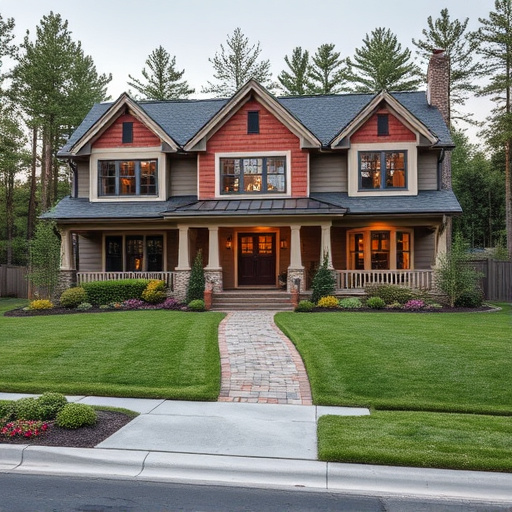
Luxury interiors rely on high-end materials like natural marble, granite, and engineered stones for…….
Welcome to the world of luxury interiors, where design meets opulence and spaces are crafted to embody sophistication and elegance. This article aims to delve into the intricate details of what constitutes luxury in interior design, its global impact, and the various factors shaping this exquisite realm. From historical roots to contemporary trends, we will uncover the nuances that define luxurious living and explore its economic, technological, and regulatory landscapes. Prepare to embark on a journey through opulent spaces, understanding their significance and influence on our modern world.
Luxury interiors refer to the art of designing and furnishing spaces that prioritize unparalleled elegance, comfort, and exclusivity. It involves creating environments that cater to the sophisticated tastes and elevated lifestyles of discerning individuals. The core components of luxury interiors include:
The concept of luxury interiors has evolved over centuries, reflecting societal changes and cultural influences. Historically, luxurious spaces were reserved for royalty and the elite, showcasing their power and status through opulent design. Ancient civilizations like Egypt and Rome set the stage with grand architecture and lavish decorations. The Renaissance period brought a revival of classical designs, emphasizing symmetry and elaborate details.
In the 19th century, the Industrial Revolution led to advancements in manufacturing, making luxury more accessible. The Art Deco movement of the 1920s and 30s introduced streamlined designs with luxurious materials, influencing interior trends for decades to come. Today, luxury interiors have transcended their historical roots, becoming a global phenomenon that caters to a diverse range of clients.
Luxury interiors have become a global industry, influenced and shaped by international trends and cultural fusions. Each region contributes its unique style, creating a captivating tapestry of design:
Several trends shape the luxury interiors landscape globally:
The luxury interiors market is a significant contributor to global economic systems, with a high demand for premium products and services. Key factors driving this market include:
Investing in luxury interiors can be lucrative for both designers and clients:
| Aspect | Impact |
|—|—|
| Real Estate: High-end real estate is a significant investment, with luxurious homes often commanding premium prices. | Luxury interior design enhances property value, making it an attractive investment option. |
| Furniture and Decor: Customized furniture and exclusive home decor can appreciate over time, becoming valuable assets. | Clients may view these investments as a way to diversify their portfolios and indulge in their passions. |
| Art and Antiques: Incorporating unique art pieces and antiques adds value and personality to interiors. | These items often hold sentimental worth and can be resold for profit, creating a circular economy. |
The integration of smart home technology into luxury interiors is transforming the way spaces are controlled and experienced:
VR and AR technologies are revolutionizing interior design:
The development of luxury interiors is influenced by various policies and regulations worldwide:
These policies significantly influence:
The luxury interiors sector faces several challenges:
To address these issues:
The Peninsula Hotel in Paris exemplifies luxurious interior design with its elegant and timeless aesthetic. The property’s renovation focused on preserving its historical French charm while introducing modern amenities. Each guestroom boasts hand-crafted furnishings, silk fabrics, and original artwork, creating a serene atmosphere. Common areas feature marble fireplaces, ornate ceilings, and a grand staircase, reflecting the hotel’s rich heritage. This case study demonstrates successful preservation of luxury in a historic setting.
The Google Campus is an innovative example of modern luxury interiors, designed to cater to the tech giant’s unique needs. The space emphasizes openness and collaboration with expansive offices, comfortable lounges, and colorful, playful areas. High-tech features like interactive screens and automated systems are seamlessly integrated. This campus showcases how luxury can be redefined in a corporate environment, fostering creativity and productivity.
Set on a private island in Kenya’s Lamu Archipelago, Amangani offers a luxurious safari experience with contemporary design. The resort features treehouse suites suspended over the Indian Ocean, blending natural elements with modern amenities. Interior spaces are minimalist yet opulent, utilizing local materials and organic textures. This case study highlights the successful fusion of luxury and sustainability in a remote location.
The future of luxury interiors is filled with exciting possibilities:
Potential growth areas include:
Luxury interiors is a dynamic and captivating field that continues to evolve with changing tastes, technologies, and global influences. From historical roots to modern trends, it defines and enhances our living spaces, travel experiences, and cultural expressions. As the industry navigates challenges and embraces new opportunities, the future of luxury interiors promises exciting possibilities, ensuring its place as a significant aspect of our increasingly sophisticated world.
Q: How do I create a luxurious feel in my home on a budget?
A: You can achieve luxury without breaking the bank by focusing on key elements like lighting, which can instantly elevate a space. Invest in high-quality furnishings with timeless designs that will last. Incorporate premium materials like silk or cotton throws and use artwork or mirrors to add depth and character. Customization doesn’t always mean expensive; unique DIY projects can personalize your space.
Q: What are some essential considerations when designing a luxury bathroom?
A: A luxurious bathroom should offer both comfort and indulgence. Consider spa-like elements like heated floors, oversized bathtubs, and high-end fixtures. Natural lighting and subtle scents enhance the experience. High-quality tiles and stone countertops add sophistication. Don’t forget about storage—elegant cabinets and organizers keep the space neat and organized.
Q: How does technology impact luxury interiors?
A: Technology plays a significant role in transforming luxury interiors, offering convenience, control, and customization. Smart home systems allow for automated controls, while VR/AR technologies revolutionize design visualization and furniture placement. These advancements cater to modern lifestyles and enhance the overall experience of luxurious living.
Q: Can you provide tips on sustainable luxury interior design?
A: Absolutely! Sustainable luxury involves mindful choices regarding materials, practices, and sources. Opt for locally sourced, natural materials like bamboo or recycled metals. Choose energy-efficient appliances and lighting. Incorporate houseplants and biophilic elements to improve air quality. Consider upcycling or repurposing furniture to reduce waste. Every small step towards sustainability contributes to a greener luxury experience.
Q: What are some global design trends I can incorporate into my home?
A: Global design trends offer a rich tapestry of inspiration. From Japan’s minimalism and use of natural materials to Scandinavian simplicity and warm tones, there’s much to explore. Incorporate elements like low-profile furniture, simple lines, and earthy colors for a calming effect. Consider adding global accents through textiles, artwork, or architectural details to bring a unique, culturally inspired touch to your home.

Luxury interiors rely on high-end materials like natural marble, granite, and engineered stones for…….
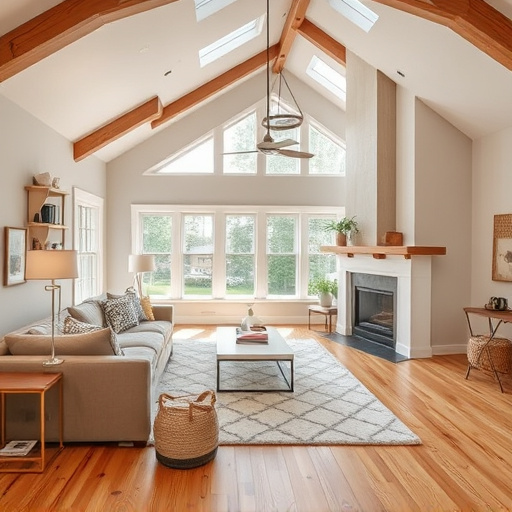
Achieving harmony between opulence and calm in luxury interiors is key. Curating rich fabrics, intri…….
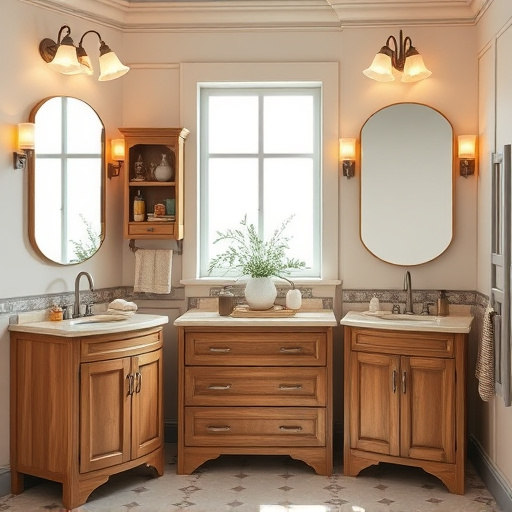
Integrating luxury interiors boosts property values in a competitive market by enhancing appeal and…….

Luxury interiors balance classic elegance with modern trends, using timeless design pillars like ele…….
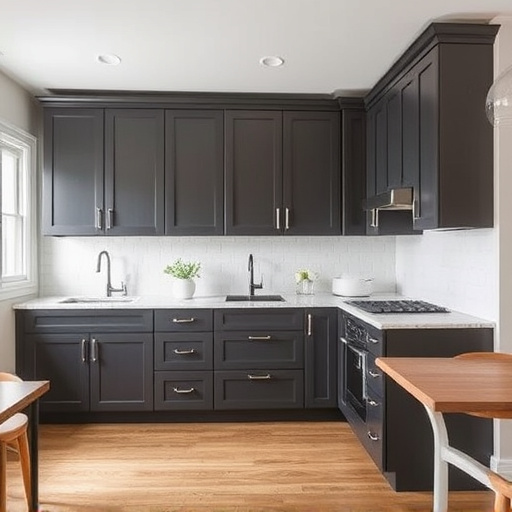
Luxury interiors prioritize refined style through clean lines, opulent textures, and curated color p…….
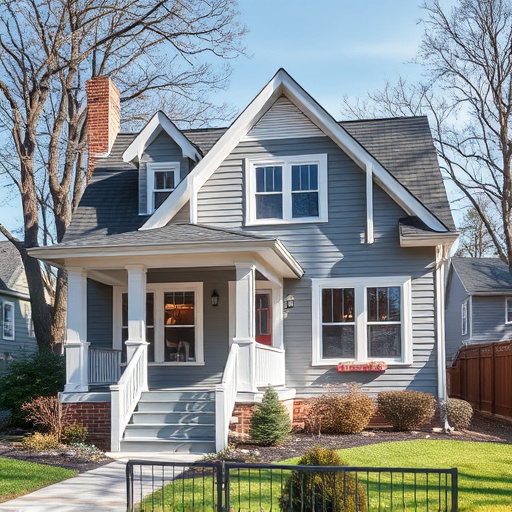
Smart home technology is redefining luxury interiors through integrated systems that offer personali…….
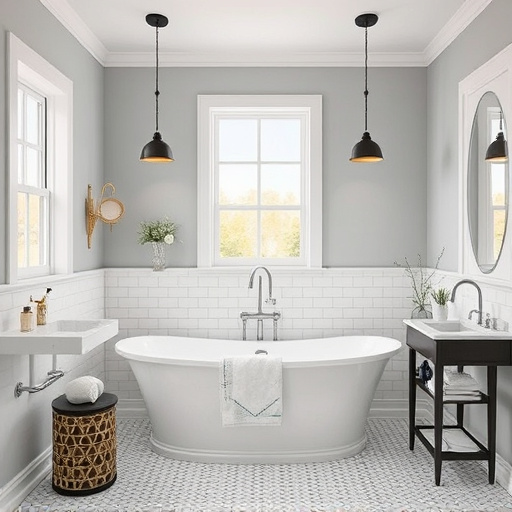
Luxury interiors go beyond aesthetics by prioritizing wellness through natural elements, strategic l…….
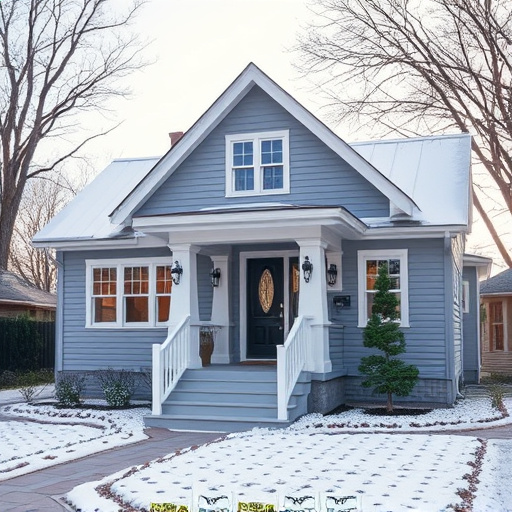
Artists and designers collaborate to create breathtaking luxury interiors, blending aesthetics with…….
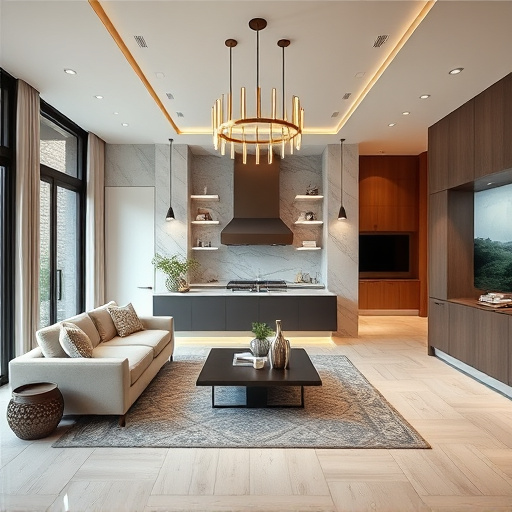
In luxury interiors, aesthetic considerations are key, focusing on elegance, opulence and subtlety t…….
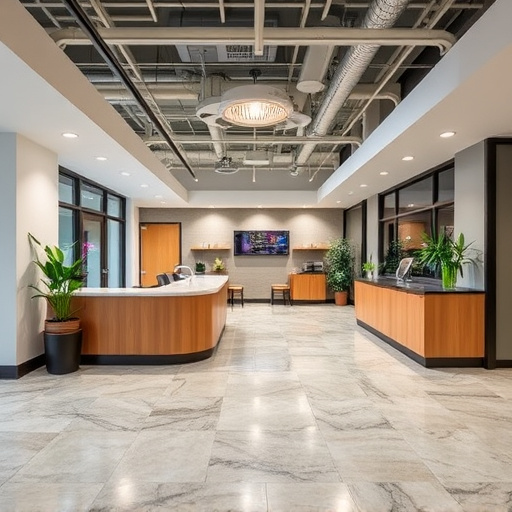
Luxury interiors prioritize artistic expression, transforming homes into vibrant sanctuaries that bl…….